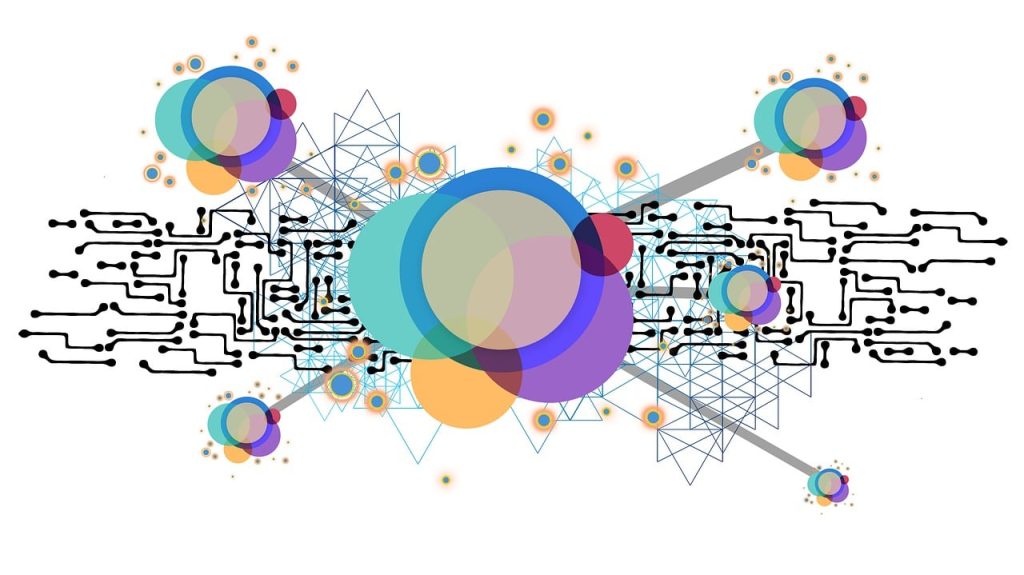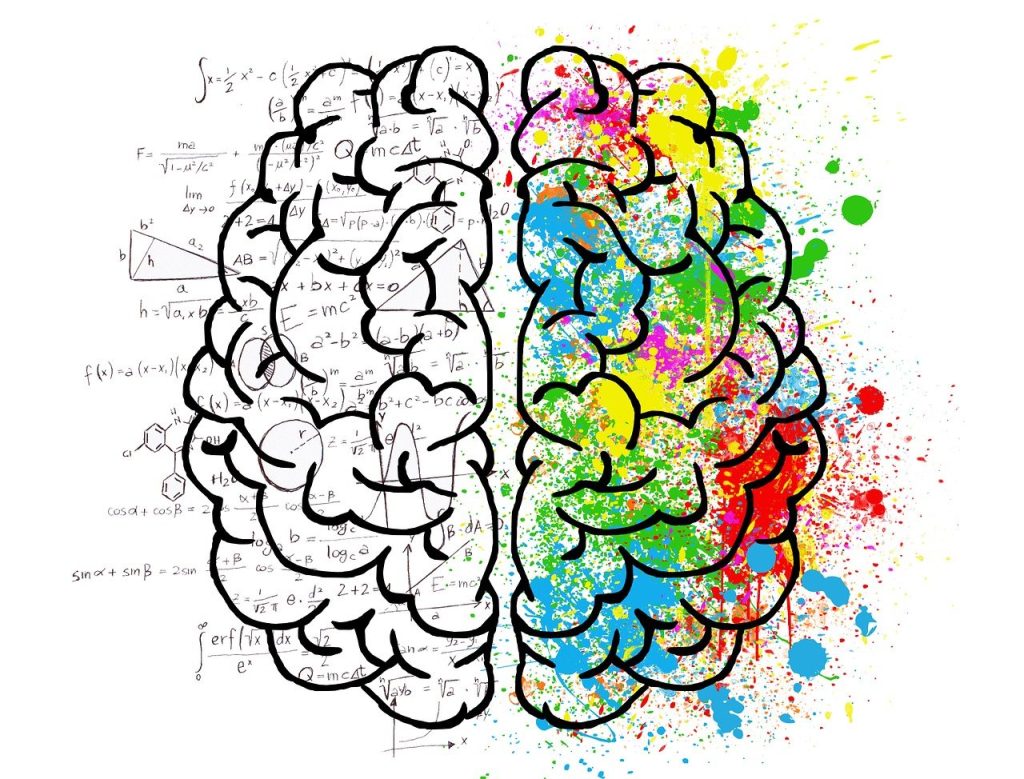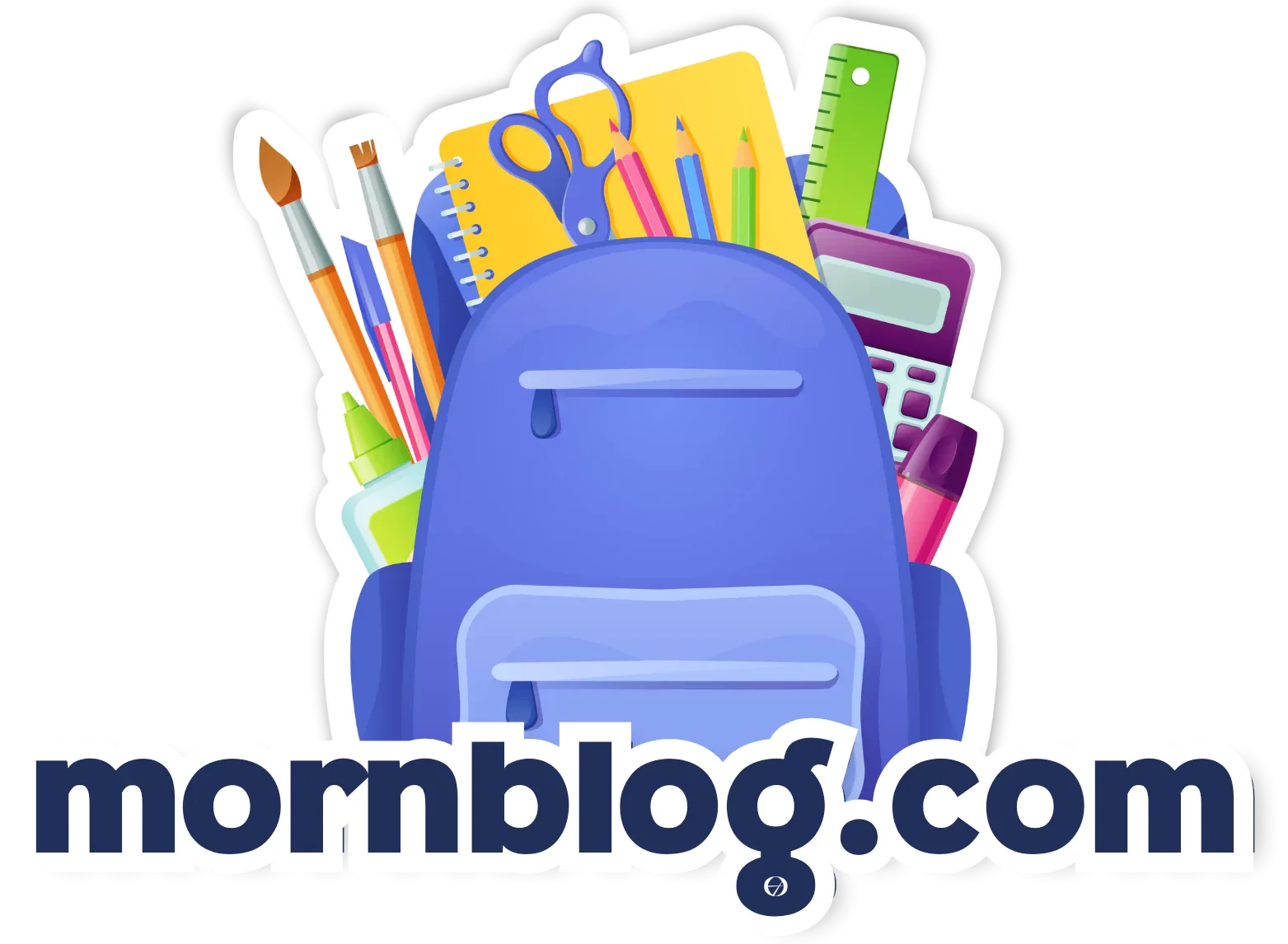Mind mapping is a visually engaging study strategy that helps learners organize, connect, and understand complex information. This technique utilizes diagrams to represent concepts, where ideas radiate outward from a central topic. By integrating creativity and logic, mind mapping allows students to break down large chunks of material into digestible pieces while retaining the big picture. This article delves into how to use mind mapping effectively, common mistakes to avoid, and why this method works well across diverse learning styles.
Table of Contents
What is Mind Mapping?
A mind map is a diagram that begins with a central idea or concept, which branches into subtopics, related ideas, and supporting details. It uses colors, keywords, and visuals to create an interconnected web of information. For example, a student studying World War II might start with “World War II” in the center and branch into key areas like causes, major events, and consequences. Each of these branches can further split into specific topics, such as “causes” breaking down into economic factors, political tensions, and alliances.
Mind maps are versatile and can be applied to various subjects, from organizing essays in English to planning experiments in science or revising historical events. They are particularly beneficial for visual learners but adaptable for other learning styles.

How to Create an Effective Mind Map
Choose Your Central Topic
Start with the main idea or topic you want to study. Write it in the center of a blank page and circle it to set the foundation for your map.
Create Major Branches
Identify the primary subtopics related to your central idea. Draw lines radiating outward from the center, each labeled with a keyword or short phrase representing a subtopic. For example, if studying a novel, these branches might be “Themes,” “Characters,” and “Plot.”
Add Secondary and Tertiary Branches
Expand on each major branch by adding related concepts. For instance, under “Themes,” you could add “Love,” “Conflict,” and “Identity,” with further details about how each theme is explored in the text.
Incorporate Visuals
Use colors, symbols, or doodles to make the map more engaging and easier to recall. For instance, draw a small clock icon next to dates, or highlight key points in different colors. The visual aspect stimulates memory by linking ideas with images.
Simplify with Keywords
Avoid writing long sentences. Instead, use keywords or short phrases to represent ideas concisely. This keeps the map clean and focused.
Review and Update
Mind maps are dynamic tools. As you learn more, update your map by adding new branches or refining existing ones. Reviewing the map regularly helps reinforce the information.
Benefits of Mind Mapping
Encourages Active Learning
Creating a mind map involves active engagement with the material, as you must process and reorganize information.
Boosts Creativity
By combining colors, visuals, and free association, mind mapping stimulates creative thinking, making it easier to explore connections between ideas.
Improves Memory
Studies show that visual and spatial representation enhances memory retention compared to linear notes.
Clarifies Complex Topics
Mind maps simplify complicated information by breaking it into smaller, organized segments, making it easier to study and review.

Common Mistakes and Misconceptions
Overloading the Map
Some learners cram too much information onto a single map, making it cluttered and difficult to follow. Focus on key points and use separate maps for broader topics.
Neglecting Visuals
A text-heavy map loses one of its primary benefits: visual recall. Incorporating icons, symbols, or even simple drawings can significantly enhance its effectiveness.
Assuming It’s Only for Visual Learners
While mind mapping is excellent for visual learners, it’s also beneficial for other learning styles. Auditory learners can pair maps with verbal explanations, while kinesthetic learners can physically draw and rearrange their maps.
Using It for the Wrong Purpose
Mind mapping works best for organizing and reviewing information. It is less effective for tasks requiring deep, detailed analysis without additional strategies, like elaborative interrogation.
Who Can Benefit from Mind Mapping?
Mind mapping is versatile and suitable for learners of all types, but it is especially helpful for:
Visual Learners
Its colorful, image-rich nature appeals to those who process information visually.
Creative Thinkers
It’s ideal for brainstorming and synthesizing ideas across subjects.
Students with Large Workloads
When managing multiple topics or projects, mind maps provide an overview while keeping details organized.
Practical Examples
History
For a topic like the American Revolution, start with “American Revolution” as the central idea. Create branches for “Causes,” “Key Events,” and “Effects.” Under “Key Events,” add subtopics like “Boston Tea Party” and “Declaration of Independence.”
Science
When studying cellular biology, begin with “Cell” in the center. Add branches for “Organelles,” “Functions,” and “Processes.” Under “Organelles,” include mitochondria, nucleus, and ribosomes, with their respective functions as tertiary branches.
Writing
For essay planning, place your thesis statement in the center and branch into “Introduction,” “Body Paragraphs,” and “Conclusion.” Each branch can further expand into specific arguments and evidence.
Conclusion
Mind mapping is a dynamic and versatile study tool that helps students organize and understand information in a visually engaging way. By breaking down complex topics, connecting ideas, and incorporating visuals, this technique makes studying more efficient and enjoyable. While particularly beneficial for visual learners, mind mapping can be adapted to suit all learning styles. With regular use, students can gain a deeper understanding of their subjects and approach studying with confidence and clarity.

